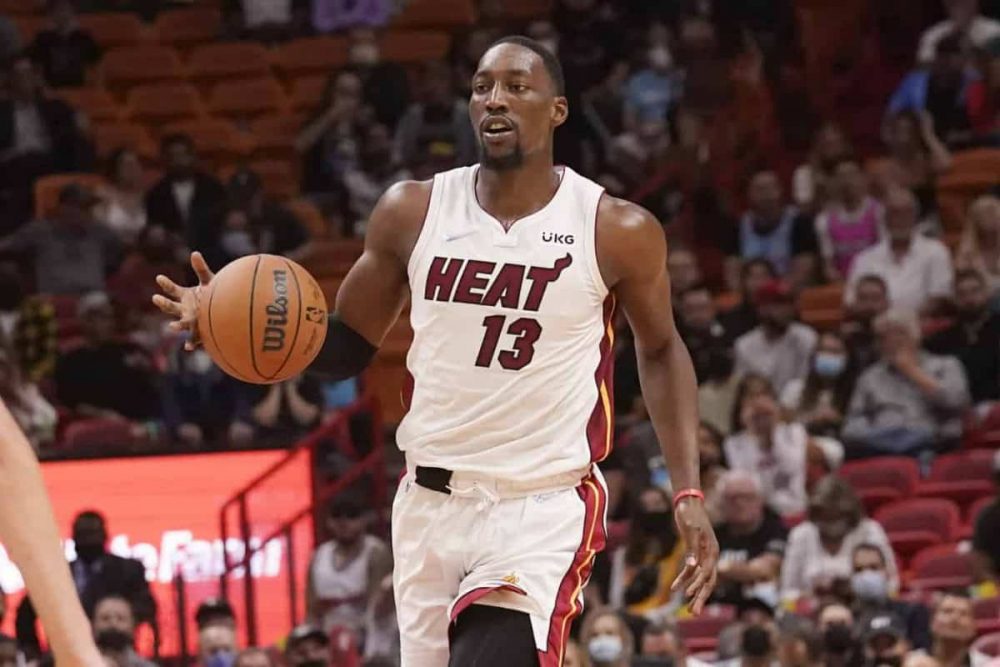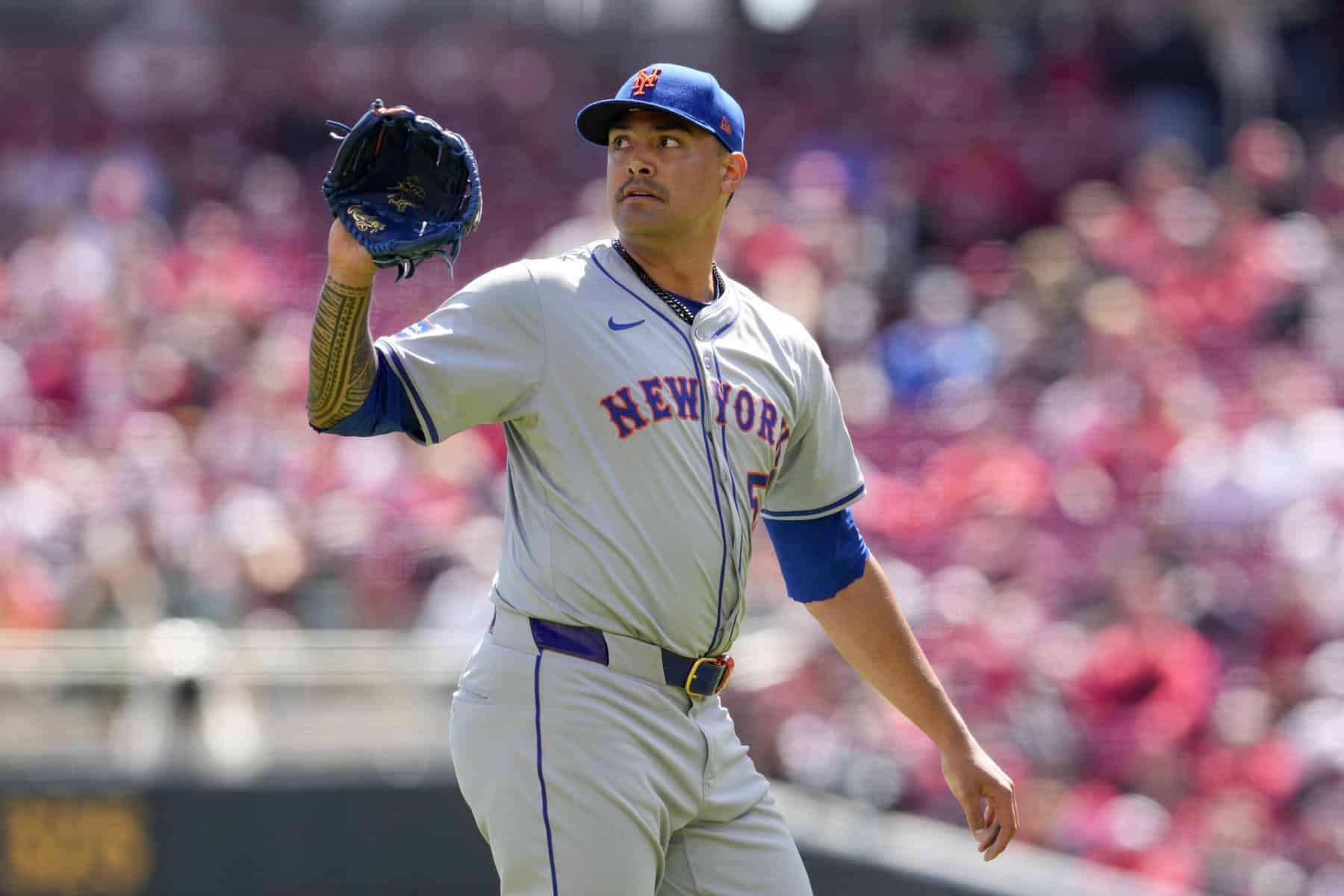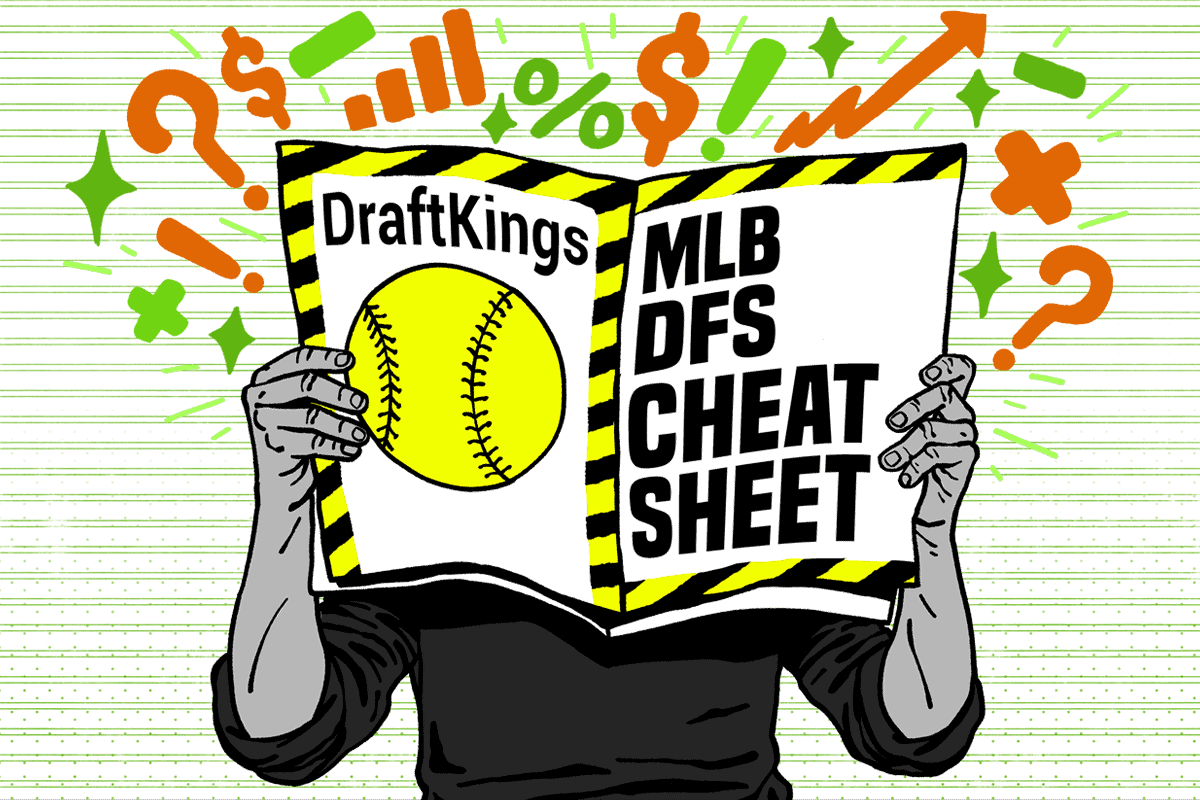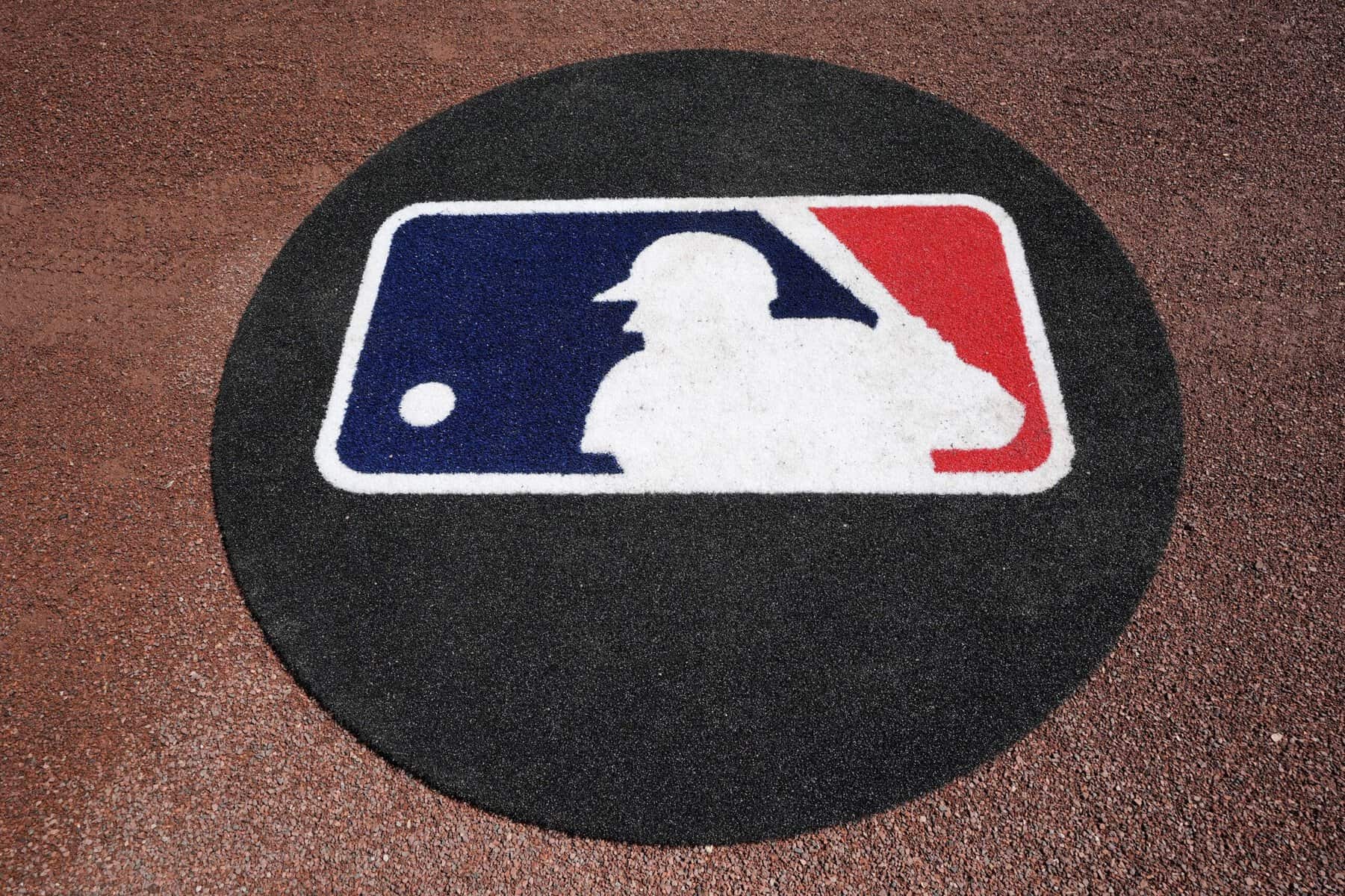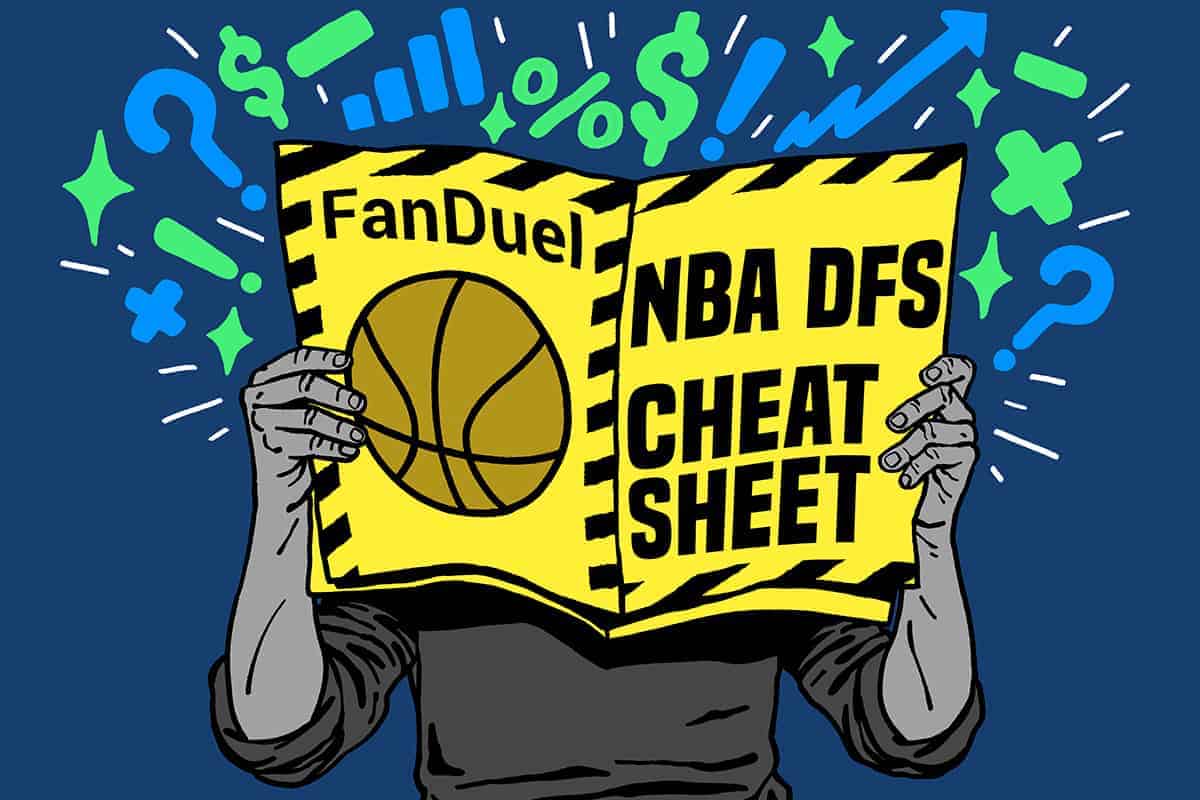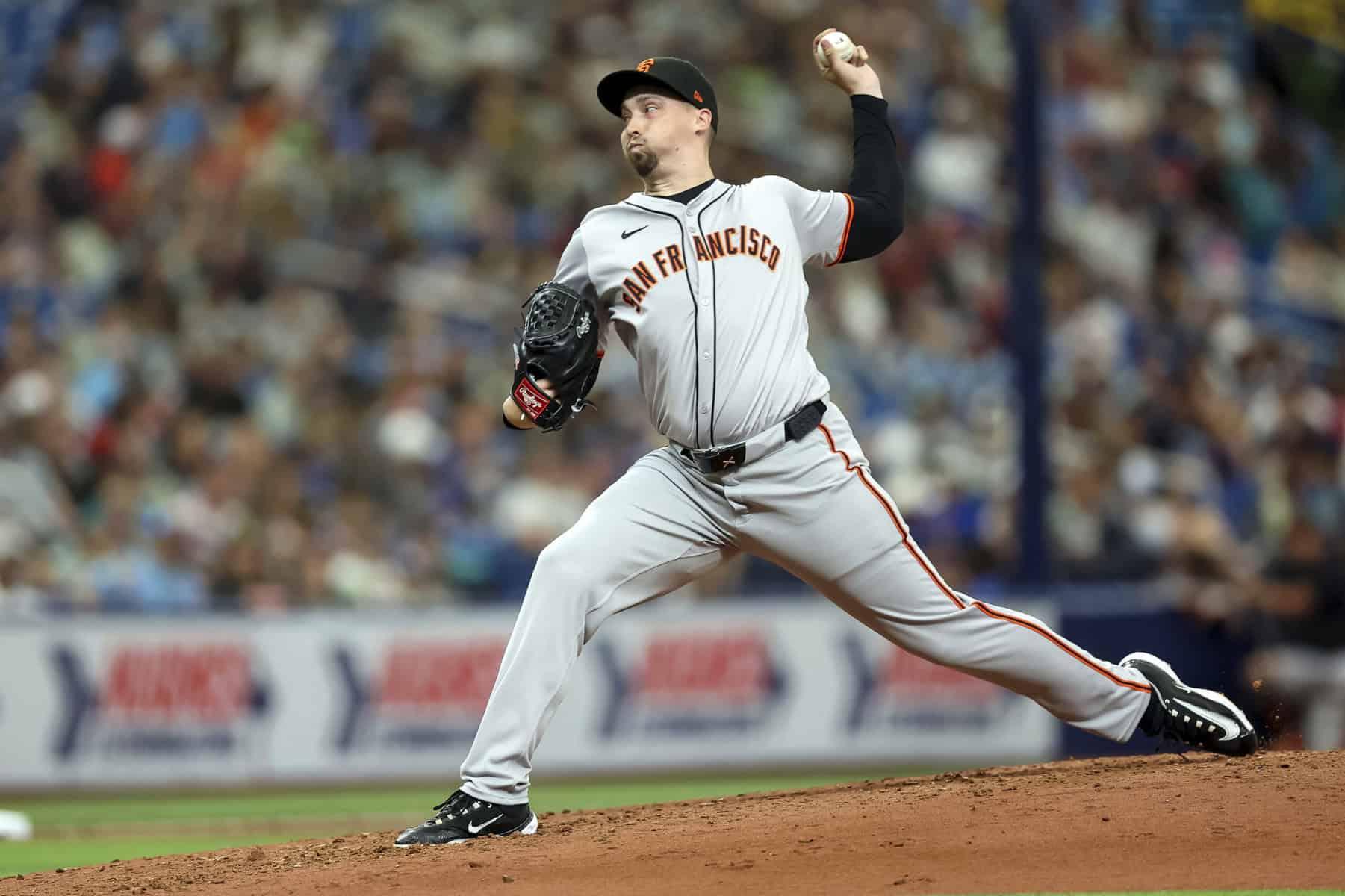Quickly emerging as one of the more popular types of fantasy football, best ball continues to grow in popularity throughout the industry, especially over at Yahoo Fantasy. Unlike seasonal leagues, best ball leagues require no in-season maintenance. Yahoo best ball leagues feature 17 roster spots. Without waiver wires, drafters must account for injuries, bye weeks, etc., when making their initial draft picks on Yahoo Fantasy, which makes finding the optimal fantasy football best ball strategy paramount.
With hundreds of thousands of dollars available in some of the largest best ball tournaments, understanding their nuances is crucial to winning. This piece will examine how to break the best ball code and find the top fantasy football best ball strategy to take down some of large prize pools on Yahoo and other platforms. Make sure to check out the Awesemo fantasy football rankings and fantasy football homepage for additional best ball strategy information.
Yahoo Fantasy Football Best Ball Strategy
Best Ball 101
The first key to breaking down Yahoo best ball is understanding the rules and scoring of the platform. Yahoo uses half point per reception, so make sure to completely understand scoring and roster layout before entering these drafts. Small changes in scoring can drastically influence draft strategy and win equity.
Making Picks and How to Stack
Stacking presents one of the clearest ways to increase a team’s upside. With profits particularly skewed towards first place in tournaments, stacking creates an additional way to capture upside on a best ball team. In general, stacking refers to drafting two or three players from the same team. That way, when an entire offense outperforms expectation, your team disproportionately benefits.
For the most part, stacking refers to selecting a quarterback with one or two of his pass catchers. These pass catchers could both be receivers or a tight end could be mixed in. This strategy works best on offenses with high-powered passing attacks like Kansas City or Buffalo but can also be extended into the late rounds.
However, stacking can be used to capture upside within an offense as a whole. While quarterbacks and running backs generally correlate negatively, both positions can have solid years in a strong offense. For example, Aaron Rodgers finished as the QB3 in half-point PPR leagues last year, while Aaron Jones finished as the RB5. Situations will occur where stacks can deviate from the traditional mold. Embracing these situations can also lead to a contrarian roster construction (a point we will get to later).
On top of the raw positions involved in stacking, cost also plays a role. Stacking Patrick Mahomes with Tyreek Hill is significantly more expensive than stacking Hill with Jaylen Waddle. This makes it important to think about stacking throughout a draft. Opportunities to stack later in drafts will consistently arise, making it important not to forgo value in the early rounds. For example, just because a team drafted Stefon Diggs in Round 1 does not mean that same team needs to take Josh Allen ahead of his average draft position (ADP).
As the later rounds progress, finding cheaper stacks can capture similar upside with less opportunity cost. Again, perhaps a team already has two Dolphins. With Tua Tagovailoa and Trevor Lawrence both available, completing the Dolphins stack here provides more upside. Because this team is already invested in the Dolphins having a strong season, correlating with the rest of the best ball roster makes sense. In general, the later rounds are far less predictable on an individual player level. This means reaching a round or two to complete a stack makes more sense near the end of drafts.
What is Opportunity Cost?
Reaching on players is typically a bad idea. Particularly for those who play multiple drafts, taking value as it comes leads to a rich portfolio of players across leagues. However, opportunity cost needs to be considered beyond the player level as well. Some positions come with additional scarcity, potentially elevating their draft costs.
In the year 2021, scarcity mainly comes into play at the tight end and running back positions. Quarterbacks generally score the most raw points in fantasy. However, so many score well that their importance in drafts diminishes. Similarly, most teams utilize multiple receivers, creating an abundance. Very few running backs and tight ends score at elite levels. This elevates their importance despite scoring fewer raw points than quarterbacks, for example. Ultimately, how a drafter approaches these positions drastically affects the way teams draft in the remaining rounds.
Looking first at running back, only a select few running backs have elite workloads. These running backs are immediately pushed into the top half of the first round. Behind them, multiple running backs have semi-elite workloads or simply have not displayed those capabilities over a full season. With only 32 teams and generally only one running back on the field at a time, this creates a scarcity problem.
In a hypothetical situation, a team with the fifth overall pick can select Derrick Henry and Austin Ekeler with its first two picks. Because of the depth at the receiver position, this same team may land Cooper Kupp and Odell Beckham Jr. as its top two receivers. However, if this same team ignore running back scarcity, that team could look much different. For example, that same team could select Hill and DeAndre Hopkins. However, this could then mean that same team has and Myles Gaskin as the top two backs. While Jacobs and Gaskin are fine players, the latter team takes on considerable risk at the running back position. The first team secures two of the safer backs while sacrificing minimal upside at the receiver position.
This opportunity cost is also found at the tight end position. With Travis Kelce, Darren Waller, and George Kittle performing on par with the elite receivers in the NFL, snagging one of these tight ends creates a competitive advantage. Selecting one of these big three allows a team to score points unavailable to other teams with weaker tight ends. Finding a breakout tight end that scores on par with these three also provides a massive advantage in drafts.
Find the High-Upside Picks
While stacking and understanding opportunity cost inherently boost upside, tournament players must consider upside with each of their selections. The goal is to win these leagues, not take sixth. On top of stacking and understanding positional value, searching for upside also goes into each individual pick.
In general, humans tend to be risk averse. This makes sense to some degree in seasonal fantasy leagues. Drafting handcuff running backs can save a team’s year in seasonal leagues. However, in best ball leagues, drafters want to shoot for first. That means drafting Dalvin Cook and Alexander Mattison is sub-optimal. For Cook to reach his GPP-winning ceiling, he likely will need to stay healthy for a full season. In that same scenario, Mattison warms the bench and wastes a roster spot that could capture upside at a different position.
While this strategy makes the most sense with handcuffing, it can also make sense at the positional level as well. For example, teams drafting Kelce likely do not need to draft three tight ends. Again, to win the tournament Kelce needs to hit his ceiling. This involves another 1,000-yard season over 17 games. Only needing to fill Kelce’s bye in this scenario, this same team can likely get by with just one other late round tight end to fill the void.
With these thoughts in mind, drafters must always consider the individual upside of a particular player. Much of this comes down to offense, but players occupy varying roles in their offenses. For example, the fourth receiver on the Bills likely has more upside than the third receiver on the Texans. While the Texans receiver plays a more secure role, five catches for 45 scoreless yards on a weekly basis will not win tournaments. On the other side, Gabriel Davis likely will put up few points on most weeks as the WR4. However, his ceiling outcome likely involves an injury ahead of him on the depth chart. In an every-down role, Davis easily outscores the Texans’ WR3 and also provides spiked week potential.
Upside also looks slightly different as each position. In general we want quarterbacks with some rushing ability. Running backs should have a path to a full workload. Teams that utilize committees even with injuries do not bring upside. Wide receivers should play on high-scoring or high-volume teams. Tight ends should generally be among the top three studs or have strong breakout profiles.
Take a Contrarian Approach
The aforementioned strategies likely lead to a unique roster construction on their own. However, keeping a contrarian mindset benefits the tournament player. Considering the need to beat out thousands of opponents, lower-owned players can provide an edge.
This generally makes the most sense in the final rounds of drafts. While low-owned players with outperform expectations in the mid-rounds every year, they will also be owned. At the receiver position, both Justin Jefferson and Chase Claypool outperformed expectations in 2020. However, Jefferson found himself drafted in every best ball league, while Claypool was relatively unowned. In the large-field tournaments, Claypool actually provided an edge, while other Jefferson teams competed with each other. Because Claypool also came off the board in the final rounds, it was possible to have Jefferson and Claypool on the same team.
Again, this strategy makes most sense in the final rounds of drafts. When considering two players in the final rounds in large field tournaments, the player with the lower ownership can help teams capitalize in the final rounds of the tournaments.
Go Be a Yahoo Best Ball Winner
With best ball leagues growing in popularity, these themes should provide a winning foundation for those getting their feet wet. Again, these strategies should be used in conjunction with one another, but always keep over player value in mind. Never force a strategy at the expense of a supreme value on the draft board. With all of that said, make sure to watch for more in-depth fantasy football best ball strategy articles as the regular season continues.
Thanks for reading to the end of this article! If you appreciate this free content and want to see more of it every day, you can help us out by sharing this article on social media!
If all that free content isn't enough for you to dominate your Fantasy Football draft this year, check out the Awesemo Fantasy Football Draft Kit, which includes sophisticated tools and proprietary fantasy data that you can only get from us. Check out our fantasy football rankings, our NFL fantasy football cheat sheet, our NFL fantasy football sleeper picks and our fantasy football player draft profiles. Want more fantasy football news and analysis? We've also got a brand new Fantasy Football YouTube Channel where you can tune in every day for the best fantasy videos in the business.

